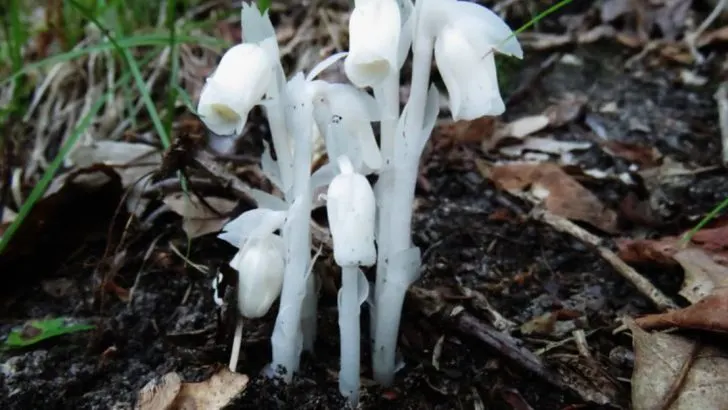Imagine plants thriving in total darkness, defying the very concept of sunlight dependence. These 10 unbelievable plants can do just that. Whether they grow in caves, deep under the earth, or in other shadowy environments, these plants have adapted in extraordinary ways to survive where light doesn’t reach.
Some have evolved to rely on nutrients from the soil or the air, while others have developed unique biochemical processes to sustain themselves in the absence of light. From fungi that thrive in underground darkness to rare species found in the deepest parts of the world, these plants reveal the incredible resilience of life.
Curious about how they manage to survive? Prepare to be amazed by these nature-defying plants that seem to exist in a world where light is nothing but a distant memory.
Ghost Plant
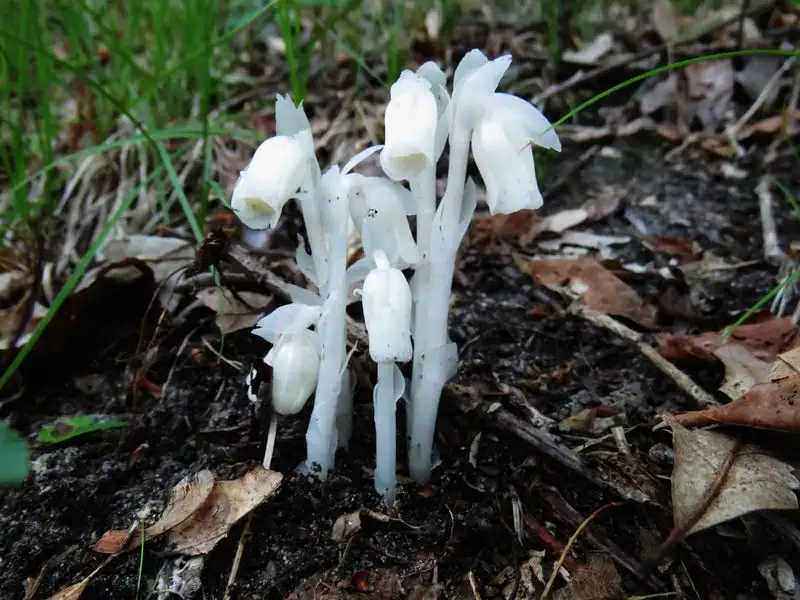
In the depths of the forest’s shadows, the ghost plant emerges as a true marvel of adaptation. Known for its ethereal appearance, the plant lacks chlorophyll, giving its leaves a ghostly, translucent quality. Unlike most plants that rely on photosynthesis, it draws nutrients from decaying organic matter around it. Such an existence allows it to flourish where others would wither. This survival strategy places it among the few that can truly thrive without sunlight. Within its eerie beauty lies a lesson in resilience and adaptability, showcasing nature’s endless ability to innovate and endure.
Corpse Lily
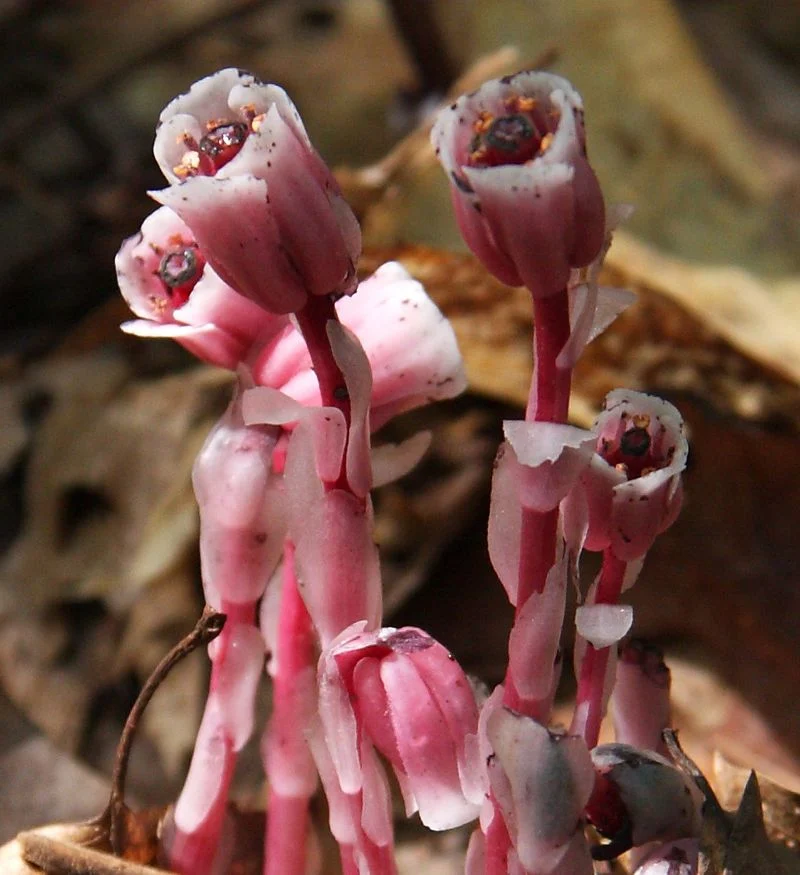
Deep within the jungle’s underbelly, the corpse lily stands out with its immense size and striking appearance. Renowned for its strong, pungent aroma, it attracts pollinators that prefer the darkness. This plant is parasitic, relying on a host for sustenance rather than sunlight. Its unique method of reproduction involves enticing insects with its scent, facilitating pollination. The corpse lily’s adaptation to these harsh conditions not only ensures its survival but also highlights a fascinating ecological interaction. Its existence underscores nature’s capacity to find light in the darkest of places.
Rhizanthella

Beneath the earth’s surface, the rhizanthella challenges our understanding of orchids. This subterranean species blooms entirely underground, unseen by sunlight. Its interaction with mycorrhizal fungi provides essential nutrients, allowing it to thrive in complete darkness. The rhizanthella’s reliance on these fungi forms a complex, mutually beneficial relationship that supports its growth. Such a hidden existence reveals an unseen world of botanical wonders. It serves as a testament to life’s ability to adapt to the most unexpected environments, emphasizing the intricate connections that define our natural world.
Dodder Plant
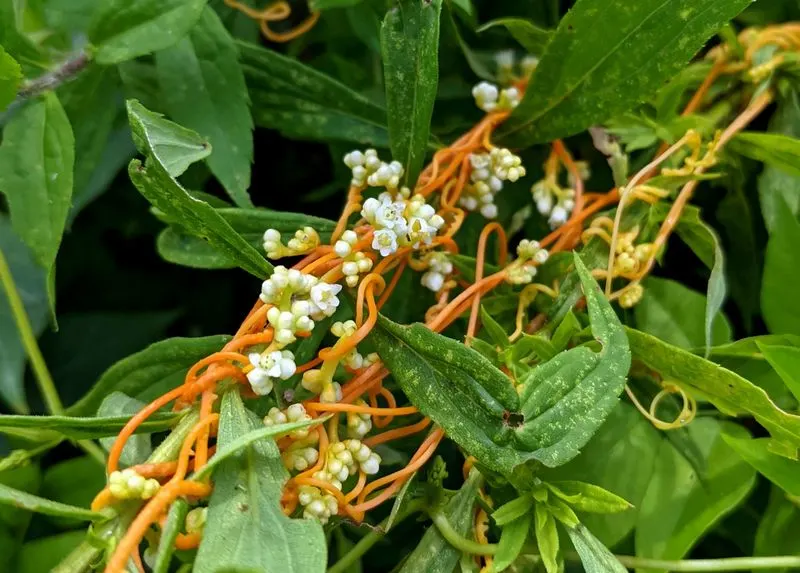
In low-light conditions, the dodder plant weaves its way into the lives of other plants. Without chlorophyll, this parasitic plant wraps its thread-like vines around a host, extracting vital nutrients. Its reliance on other plants for sustenance allows it to exist in environments devoid of light. This plant’s unique adaptation not only enables its survival but also influences the ecology of its surroundings. By showcasing the dodder plant, we glimpse the intricate balance of interdependency in nature. It exemplifies how life can persist, even when deprived of conventional resources.
Spanish Moss
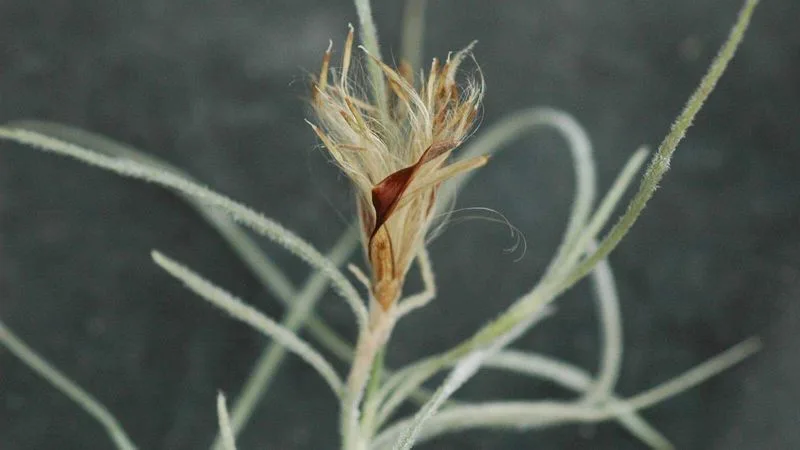
Hanging gracefully from ancient trees, Spanish moss creates an iconic and mysterious ambiance. Although it appears to rely on its host, it doesn’t draw nutrients from them. Instead, it absorbs moisture and nutrients from the air. Its ability to thrive in shady, humid conditions highlights its unique adaptation to environments with little light. Rather than parasitizing its host, Spanish moss coexists peacefully, adding a mystical charm to its surroundings. Its presence reminds us of nature’s resourcefulness, thriving where others might falter, and contributing to the rich tapestry of the ecosystem.
Devil’s Tooth
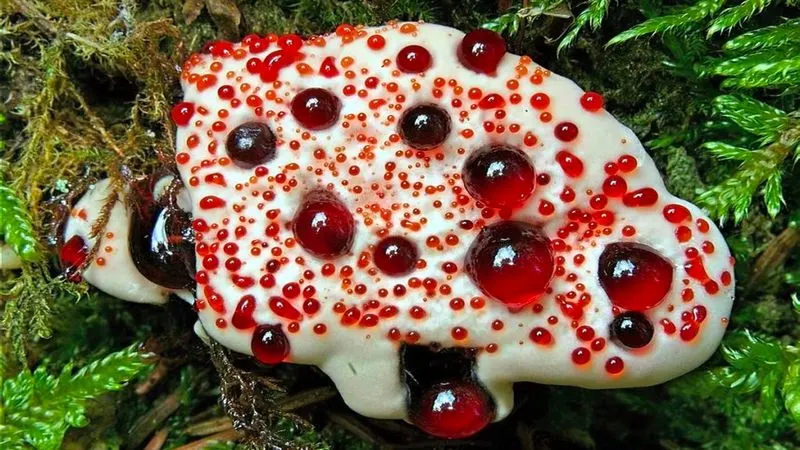
The devil’s tooth, with its striking tooth-like projections and deep red sap, belongs to the darkness-loving fungi family. Unlike plants, it doesn’t rely on photosynthesis. Instead, it feeds on decaying matter within the forest, thriving in the shadows. Its unique appearance and ecological role make it a fascinating study in adaptation. By breaking down organic material, the devil’s tooth contributes to nutrient cycling within the ecosystem. Its unusual beauty and function highlight the diversity found in nature’s darker realms, illustrating how life can flourish in the absence of light.
Brittle Bladder Fern
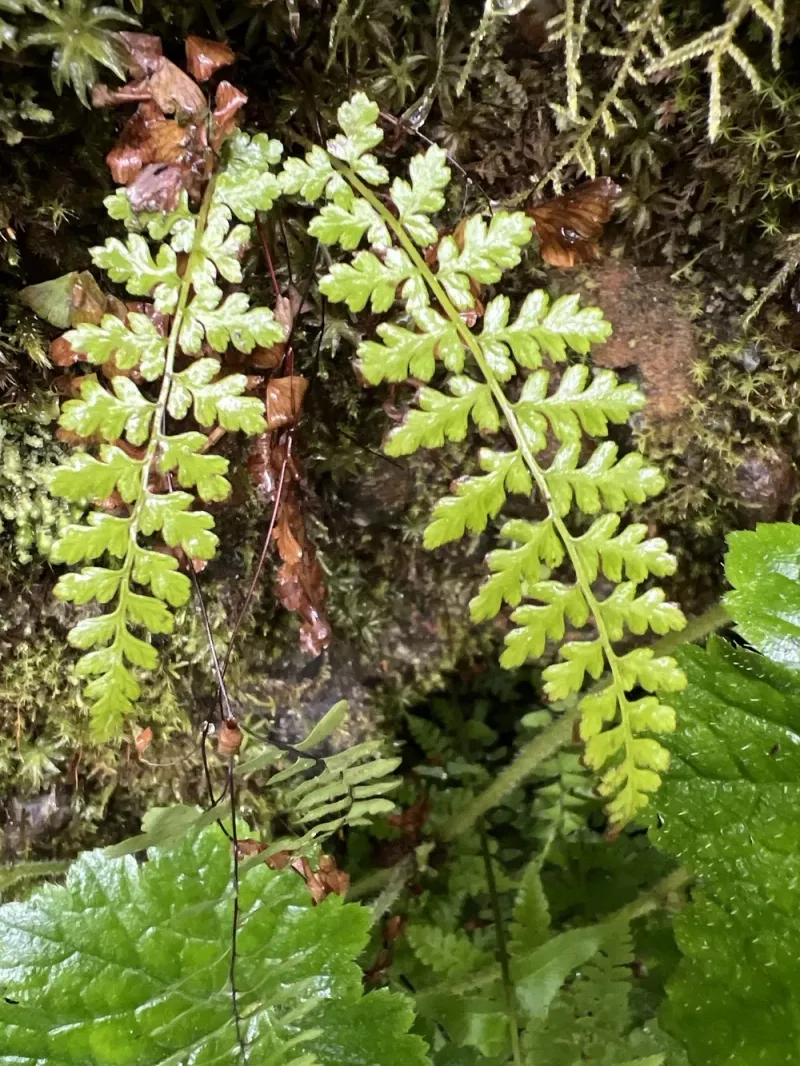
Tucked away in caves and rocky crevices, the brittle bladder fern defies the traditional needs for light and space. With delicate fronds, it thrives in the damp, shaded environments where few others can persist. Its ability to absorb nutrients from rock surfaces and its frugal water requirements enable it to survive in these dark habitats. This fern exemplifies the adaptability of life, thriving in conditions that seem inhospitable. Its presence in such unique locations adds to the rich tapestry of plant life that occupies every conceivable niche, no matter how dimly lit.
Cave Clubmoss

On the damp, shadowy walls of caves, cave clubmoss finds a home where few plants dare to tread. With its spiky, green leaves, it absorbs moisture and nutrients directly from the air and surrounding surfaces. This primitive plant’s resilience is found in its ability to inhabit some of the darkest environments on earth. Unlike typical mosses, its complex structure allows it to adapt to minimal light conditions, making it a unique member of the plant kingdom. Cave clubmoss serves as a reminder of nature’s perseverance and the endless creativity found within.
Marimo Moss Ball
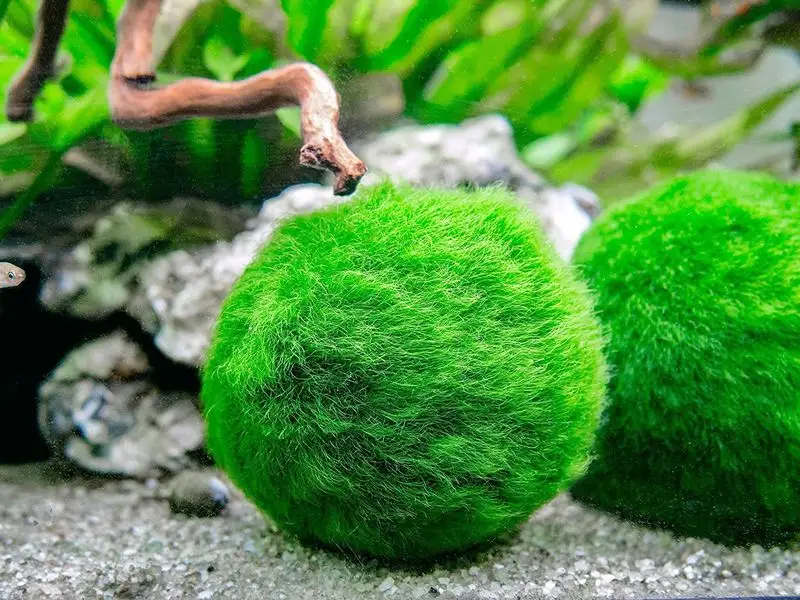
In the darkened depths of freshwater lakes, the marimo moss ball captivates with its unique form and simple needs. This spherical algae formation rolls gently along the lakebed, gathering nutrients and light from the water. Its minimalistic requirements allow it to thrive in low-light aquatic environments. Marimo moss balls are not just a curiosity but a symbol of nature’s penchant for simplicity and efficiency. Their ability to grow in near darkness adds to their charm and makes them a popular choice for aquariums. They illustrate the boundless possibilities found within aquatic life.

